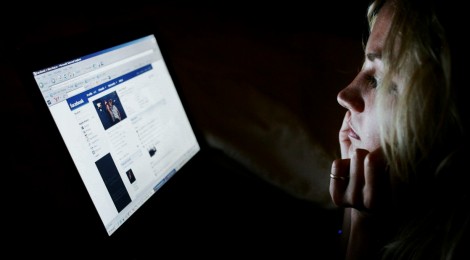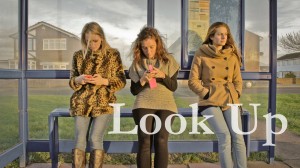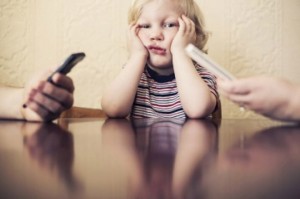
Social Media Cannot Fix ‘Being Alone’…Nor Should It
As Facebook turned ten this past February, I became acutely aware of my various virtual connections. I can tweet about what I am having for breakfast, or post a photo of my cereal to Instagram, and so on.
But is being virtually connected an effective way of interacting with others? Gary Turk, writer and director of “Look Up,” a short film that went viral over this past weekend doesn’t think so.
According to Michelle Drouin, a professor of psychology at Purdue University, people use technology for different reasons. For example, individuals with secure attachment – those who are able to maintain trusting relationships and possess a good sense of self – tend to use text messaging to arrange meetings and check in, but save personal conversations for face-to-face contact. But those with insecure attachment styles are more likely to use texting for reassurance or the creation of artificial distance in relationships.
Sherry Turkle, M.I.T. professor and psychologist, characterizes the problem as one of not knowing how to be alone. To manage that fear, we seek to connect virtually, yet we are also afraid of real intimacy and use social media and technology to control how we connect. She refers to this “edited version” of a real conversation as the Goldilocks effect –having not too much, not too little, but a just-right amount of comfortable contact with others.
But, edited controlled conversations can lead to a lack of empathy. Since we cannot see our friends’ reactions we are unsure if our true intention was received. And, we cannot always read the emotion or tone of a comment and can overreact or become anxious over varying interpretations. The comedian Louis C.K. notes this impact on empathy as the reason he will never get his daughter a cell phone. He also thinks we use our cell-phones and social media accounts to avoid uncomfortable situations or deep emotions.
When we experience this “half-communication” with family or friends, we are left feeling unheard and lonelier than before.
The mere presence of a mobile phone in a room during a conversation reduces the feeling of closeness and connection between individuals, say Andrew Przybylski and Netta Weinstein, psychologists and professors at the University of Essex. The presence of the phone reminds us of our social network, other connections we could be making, and divides our attention. This same divided attention creates the feeling of not being heard, so we feel less certain of our ability to trust or connect with the other person.
Louis C.K. thinks what we really need is to turn the phone off and re-connect with ourselves. Being virtually connected is not the same as true connection.
As noted, Turkle considers the driving force of the Goldilocks effect as the fear of being alone. To improve our connection with others, what we need to learn is how to be fully present, and to be fully present, we first have to be able to sit with being alone.
The ability to be alone, to be in “solitude,” is not necessarily the same as being lonely.
Some benefits of solitude include being free of the scrutiny of others, allowing for more self-expression and creativity, time spent in self-reflection, and time to re-charge and renew.
Turkle thinks that time alone in conversation with oneself builds the skills necessary to engage in conversation with others. She is not against technology, but does think we need to find a balance and rethink how we are using technology. Drouin’s research does not fault the media. If not Facebook or Twitter, we would find other means to control how we interact and avoid the scary aspects of aloneness and intimacy.
There is increasing support for the idea that we need to re-balance. Social media is not a cure for loneliness.
But if I find that posts and tweets are leaving me wanting, then it is up to me to contact my friends and family to engage in more meaningful communication.
–Heather Carter-Simmons, Contributing Writer






I agree with the article that we use the computer far too much for a social media. I wonder what this says about us and our need to hide behind a machine where no one sees us or where we are not vulnerable. Our social skills may be at risk. My main support for this social media is for the very shy, introverted, or possibly depressed individual that has no other means of contact with the world. At least here, there is some support, though be it an illusion, but something to get that person through the day and hopefully then connected with a live individual who can interact.